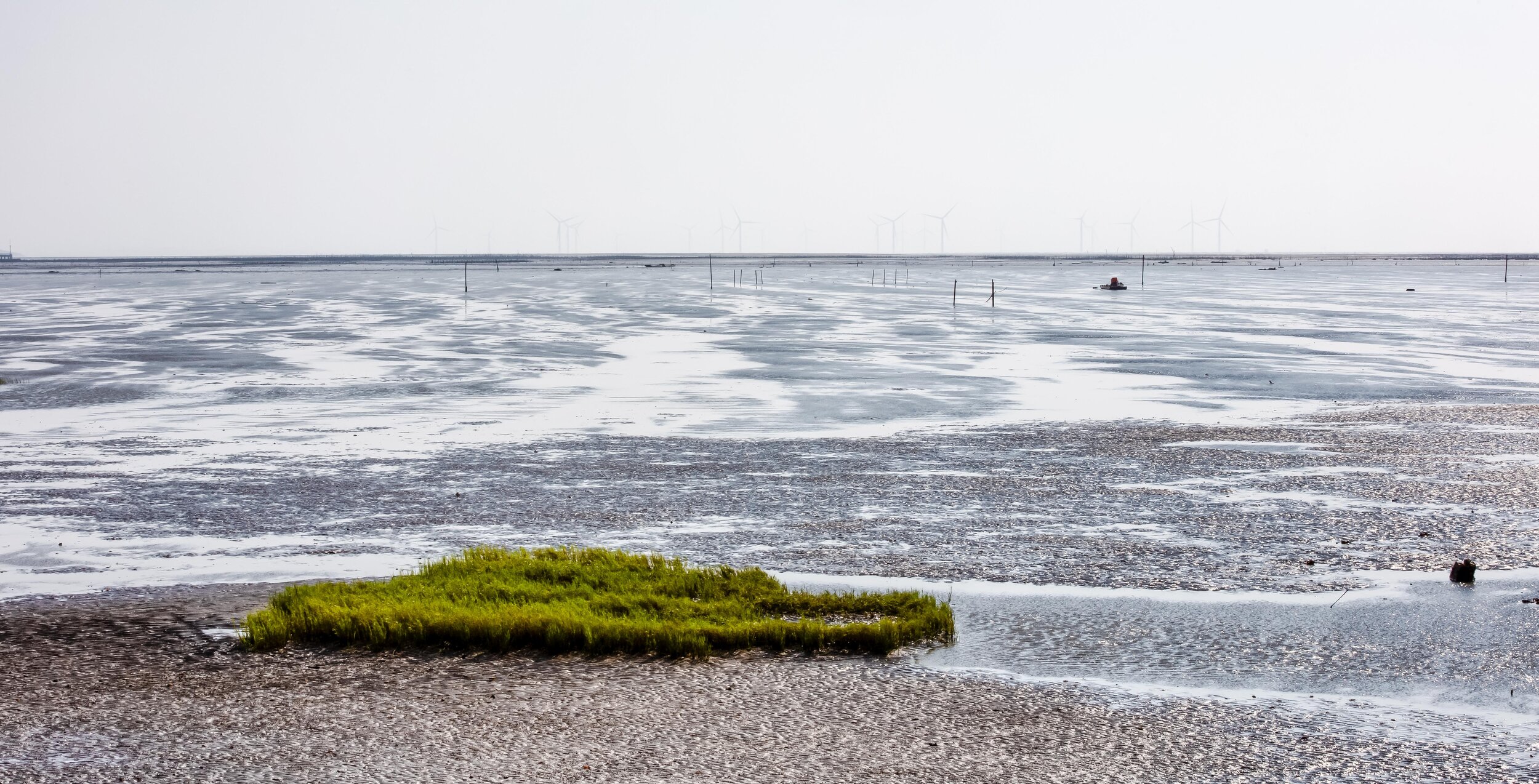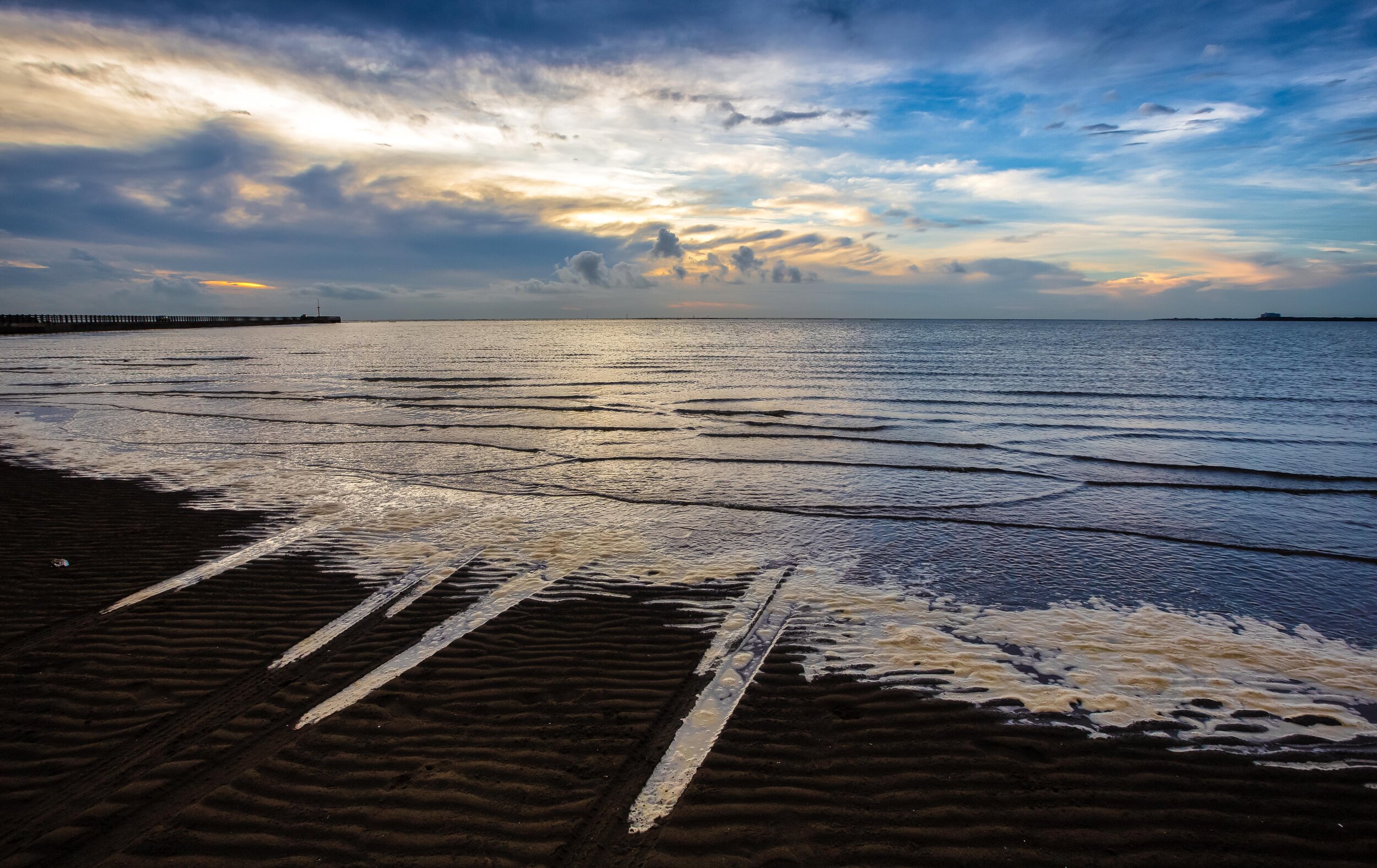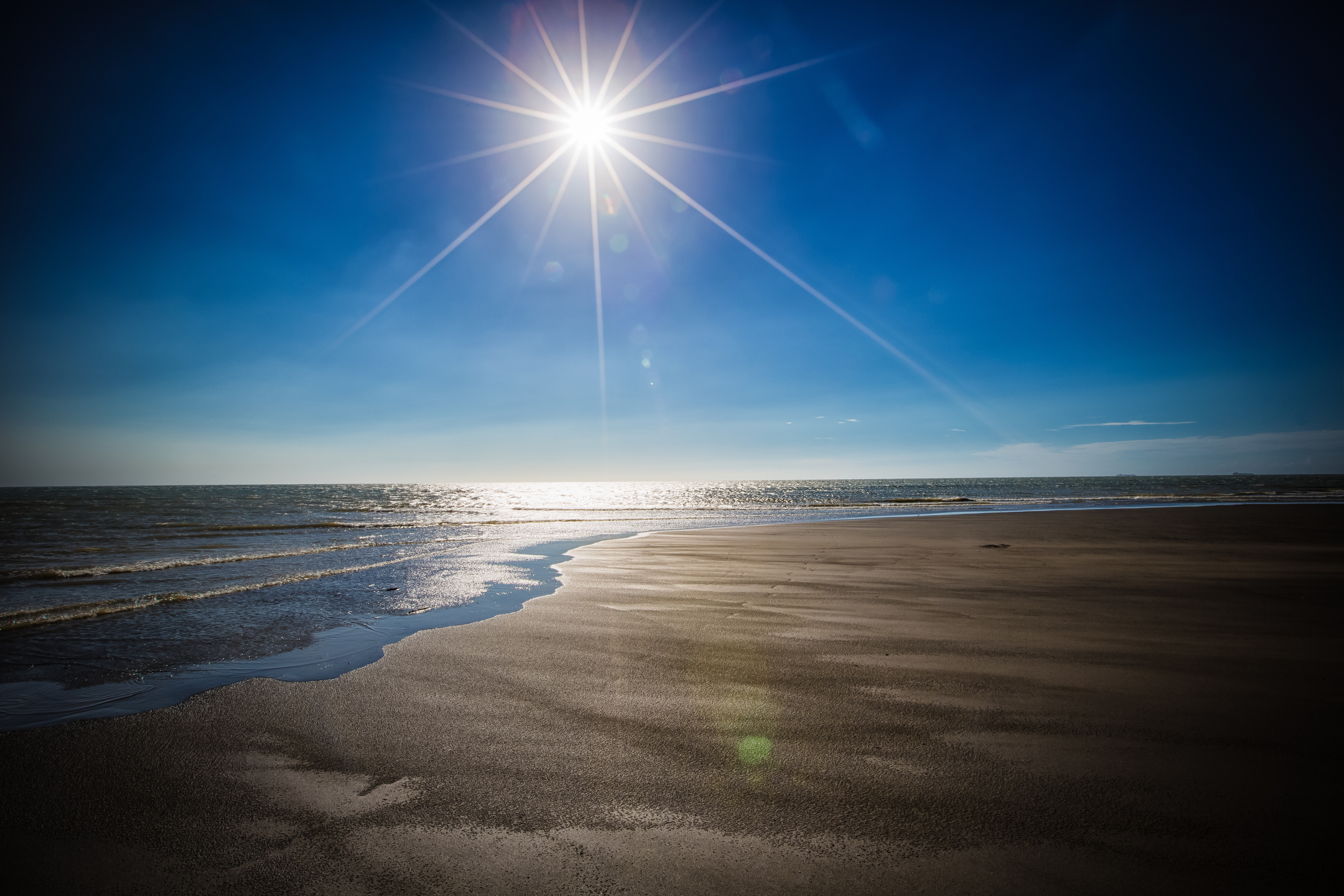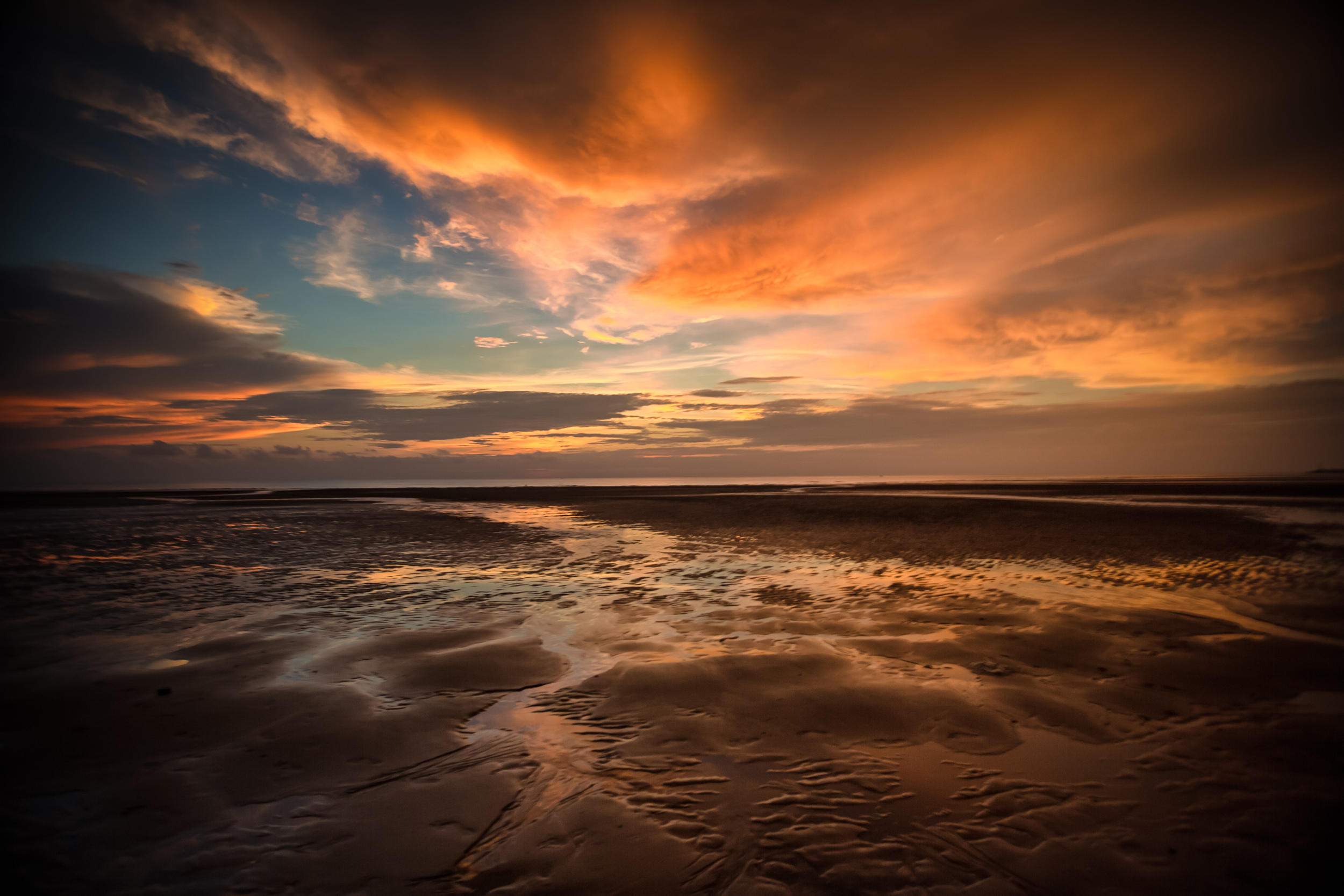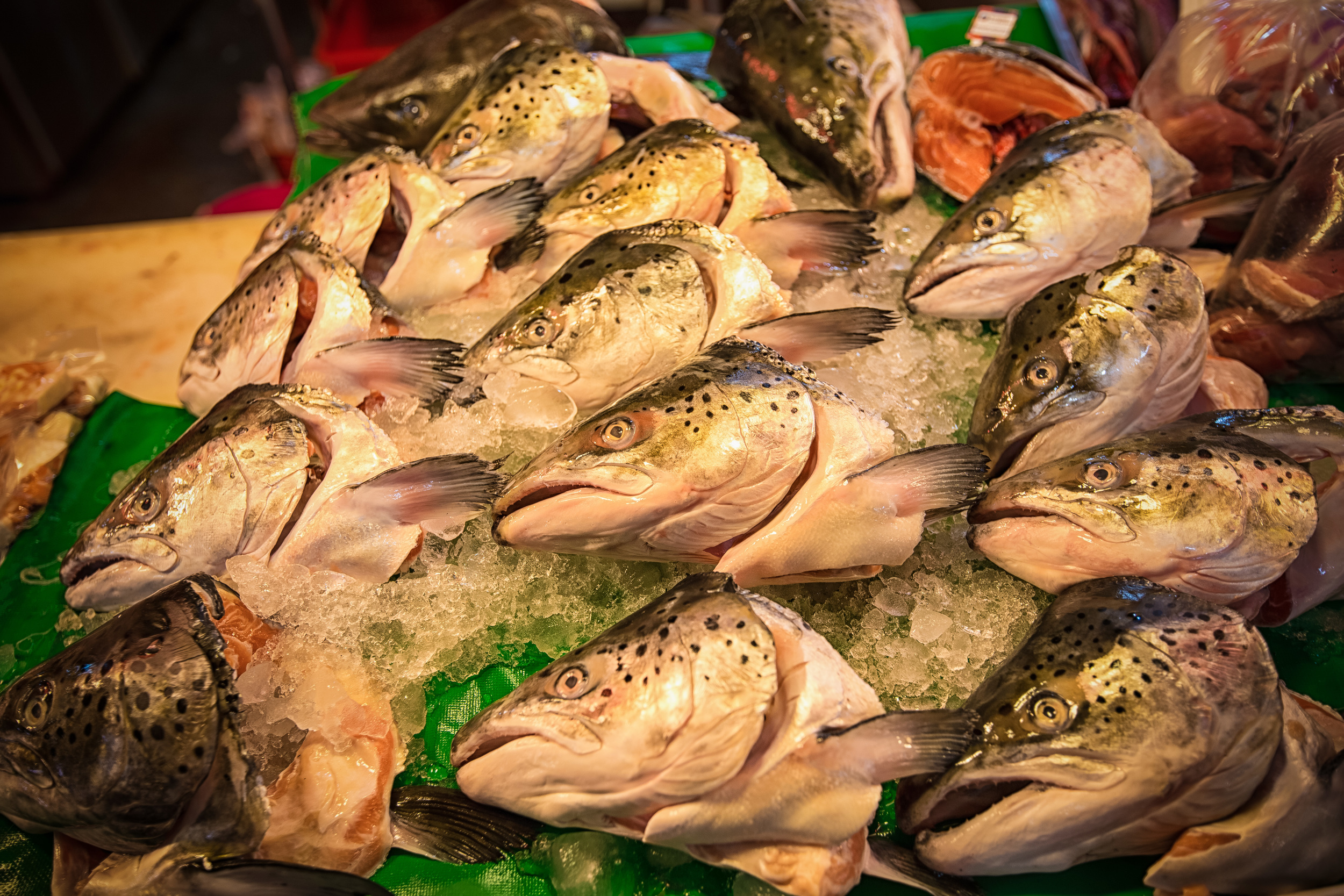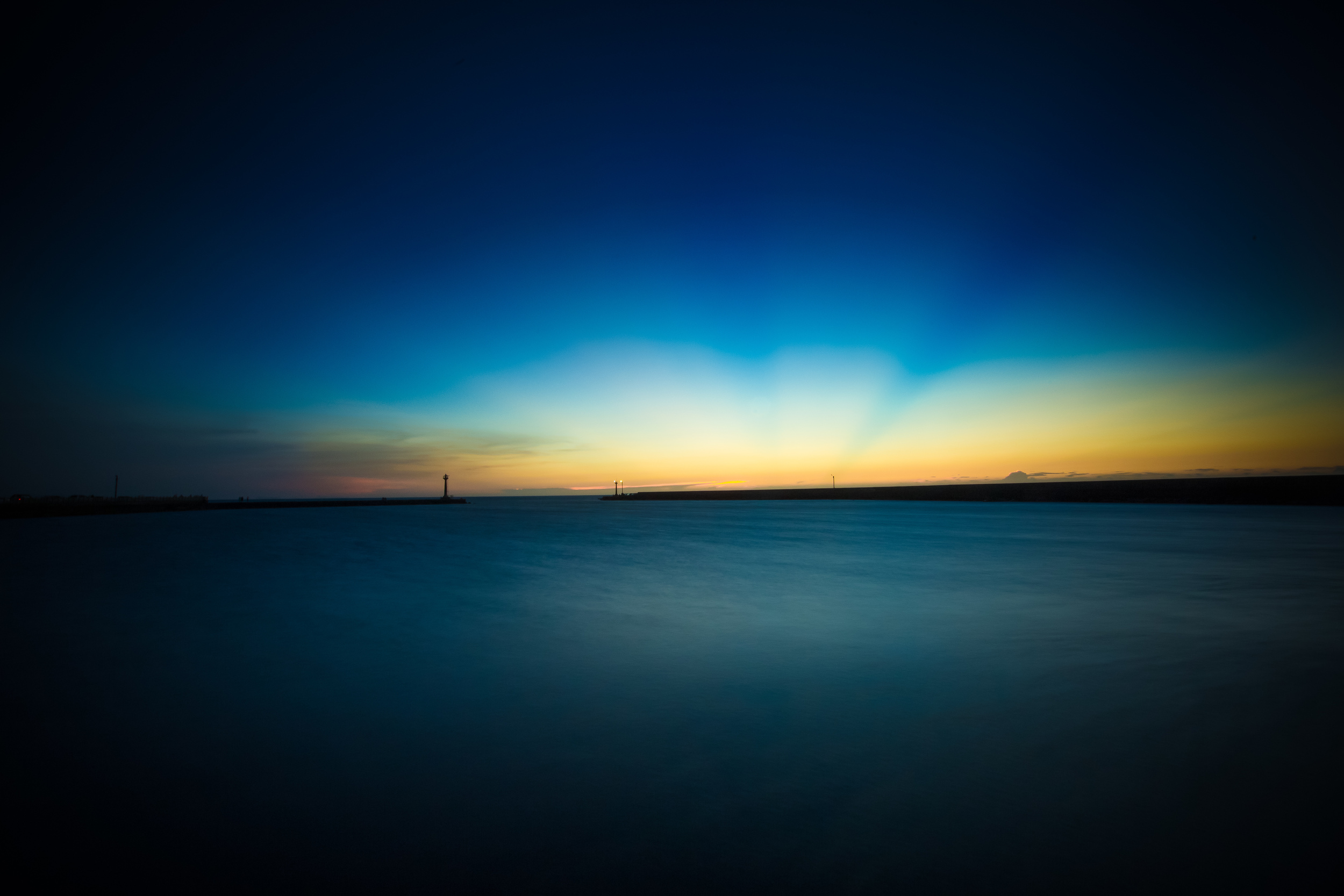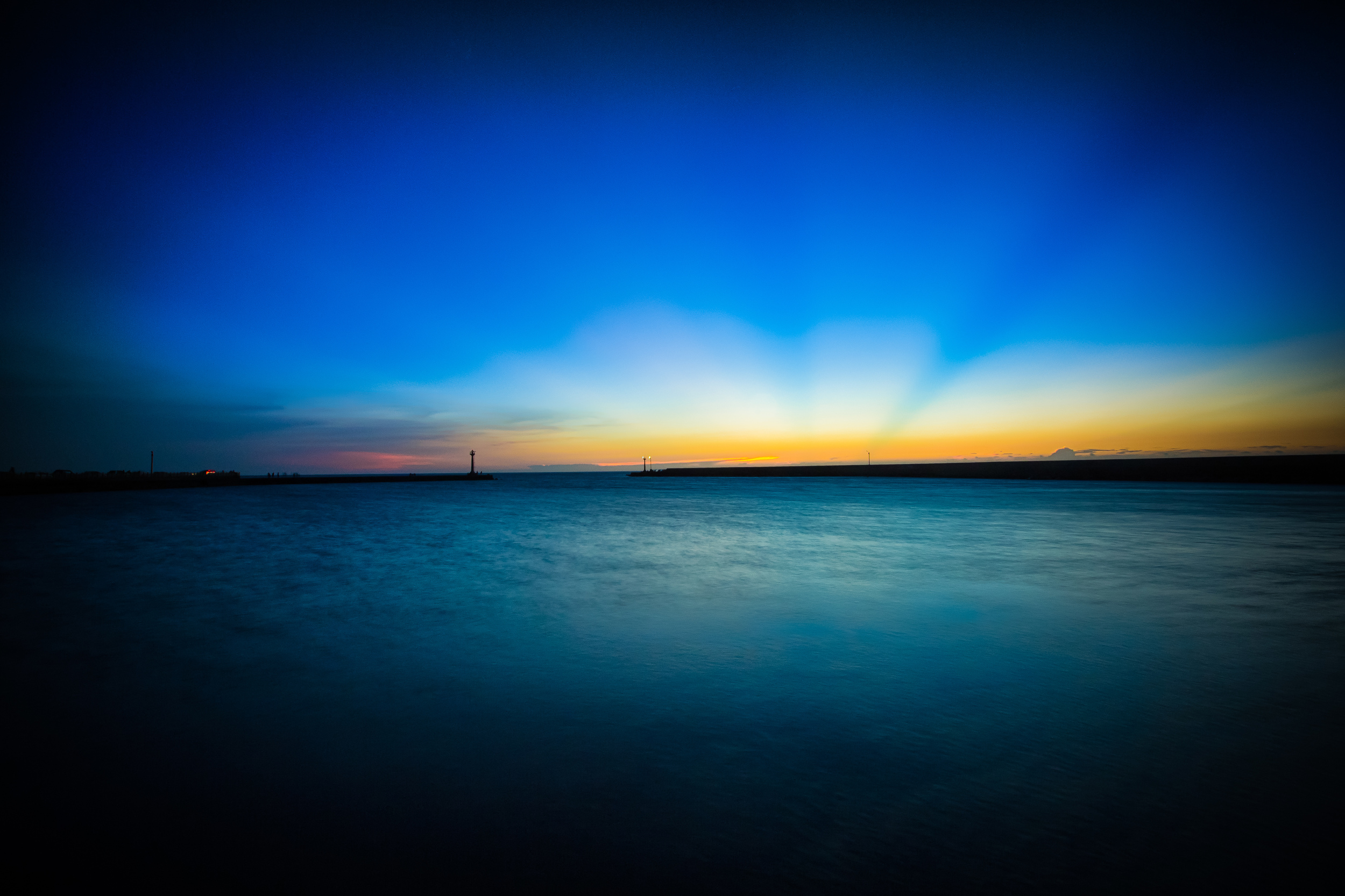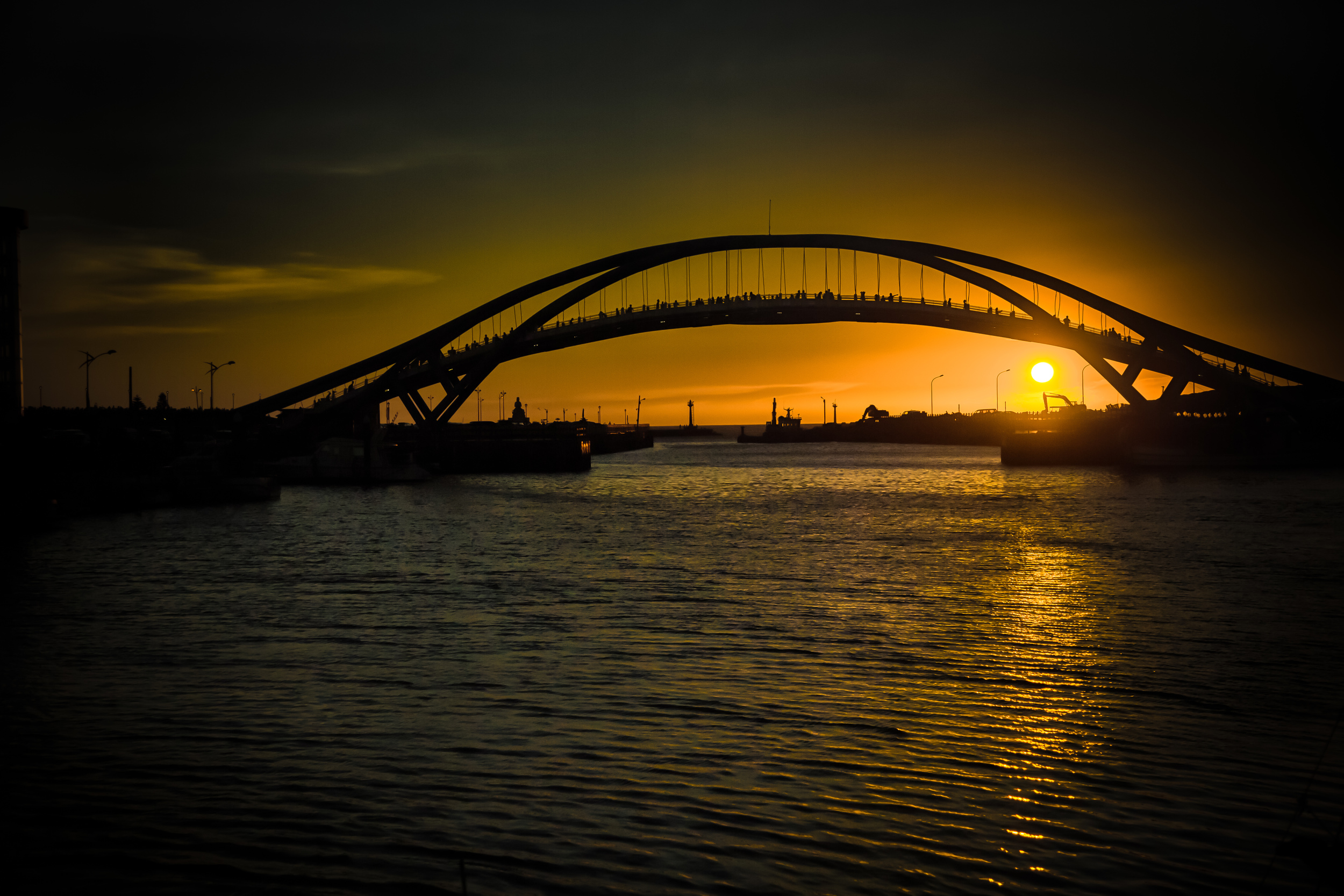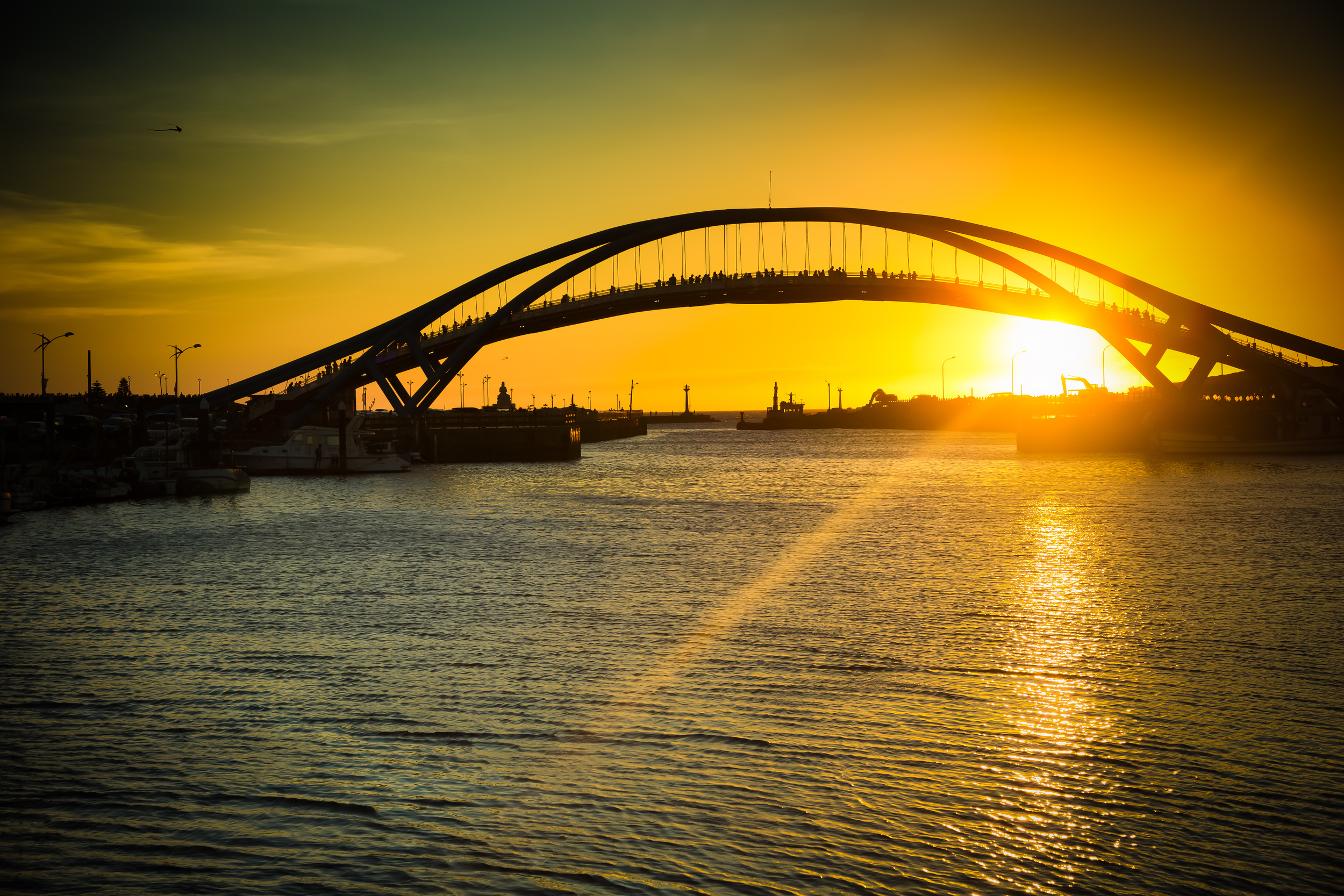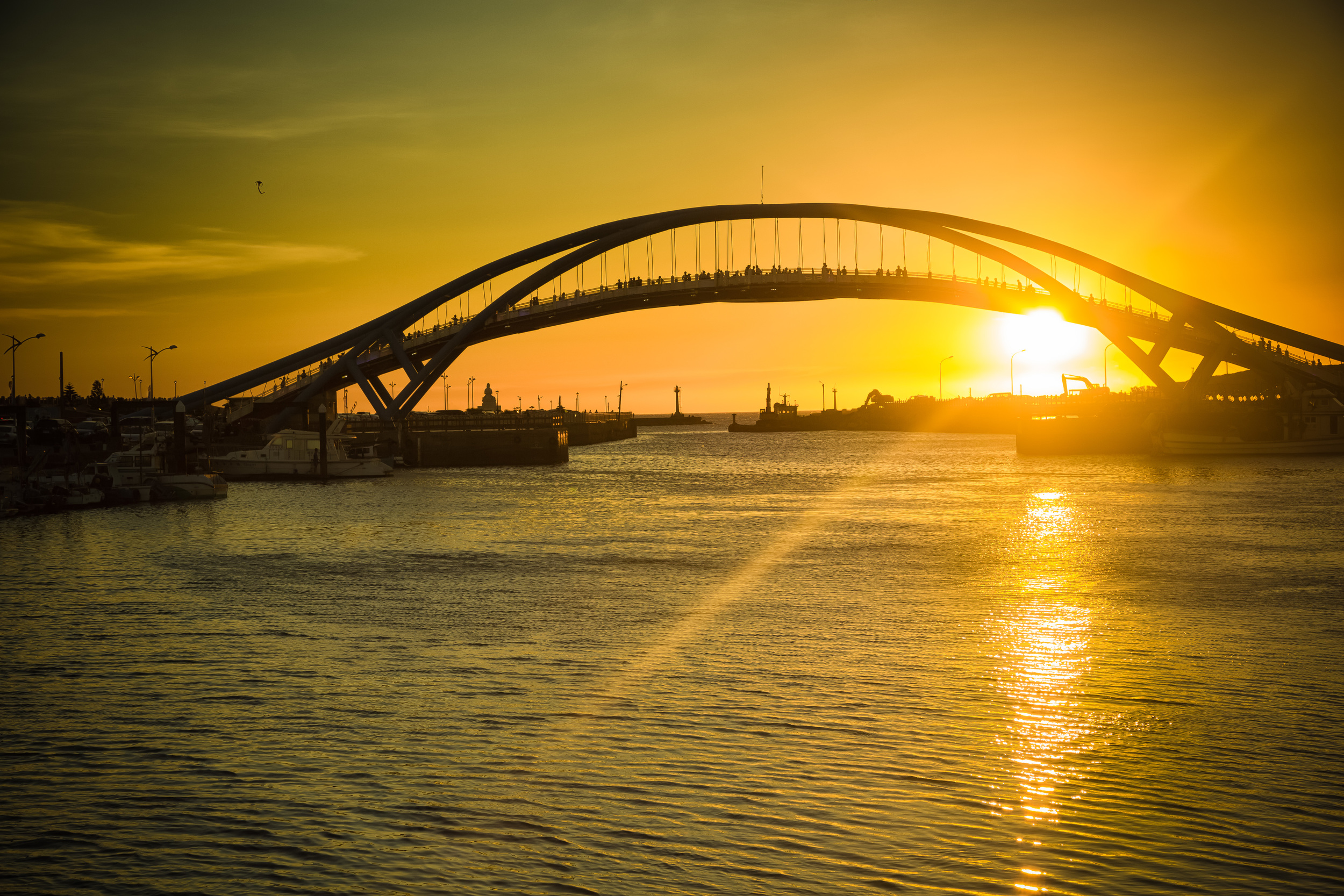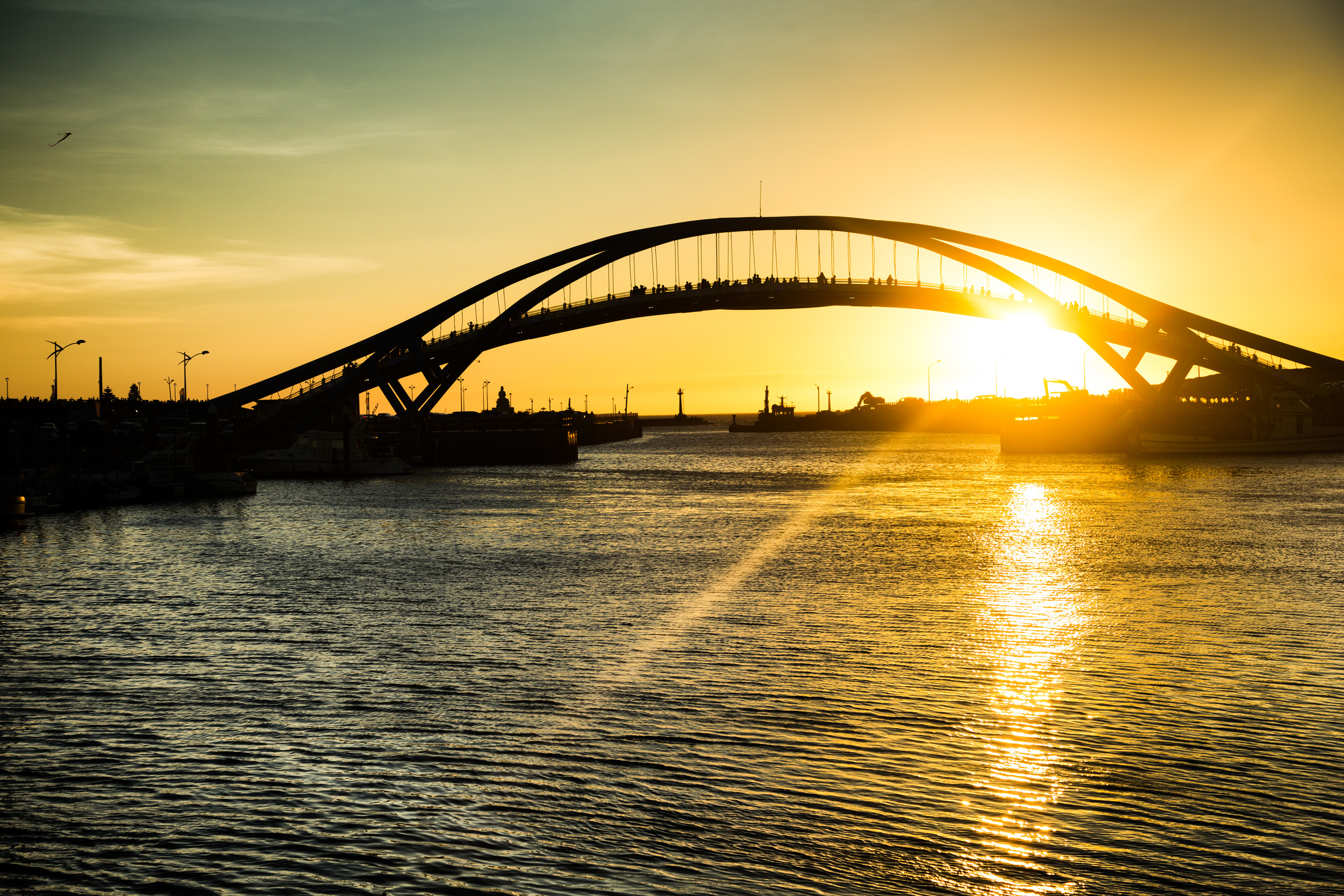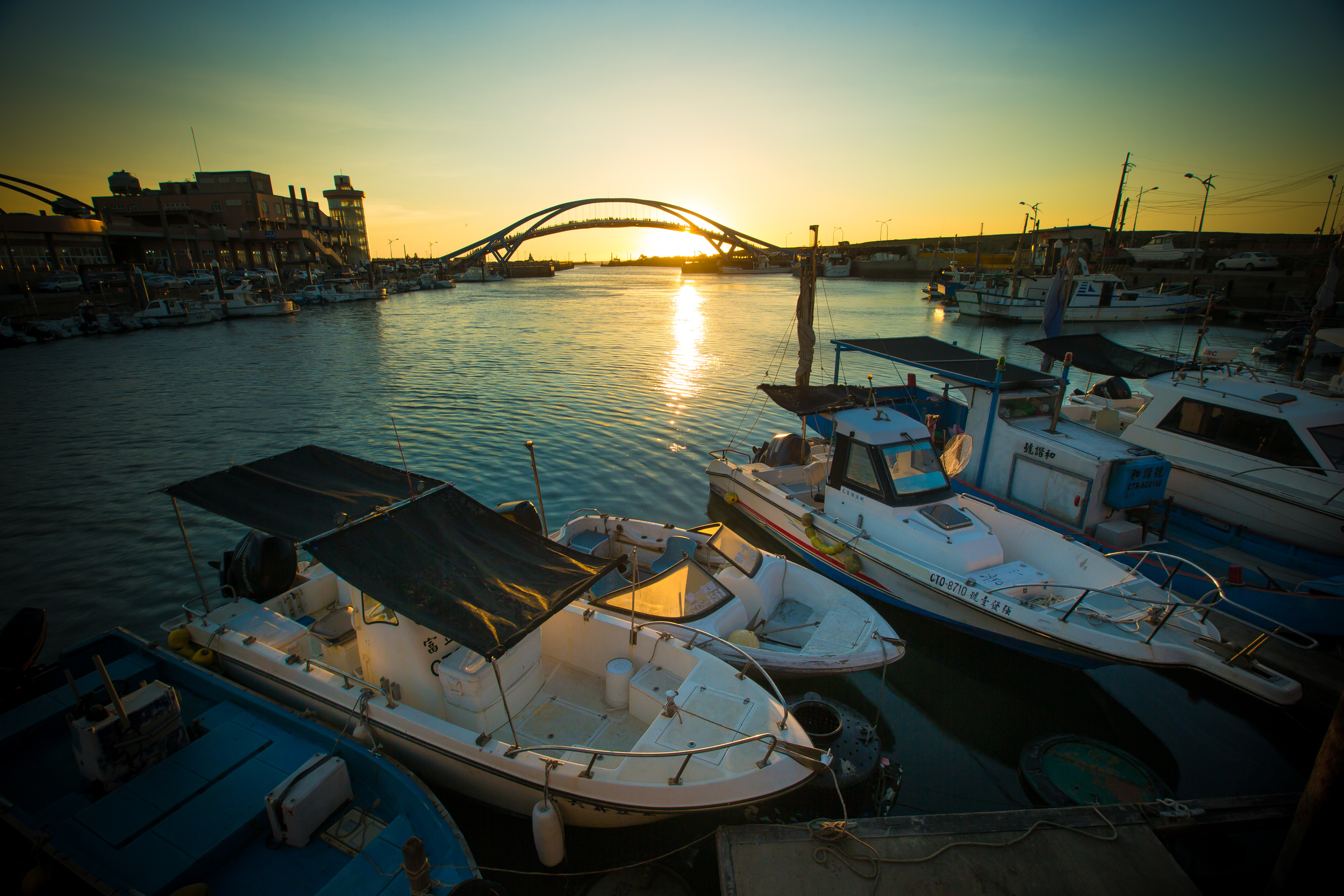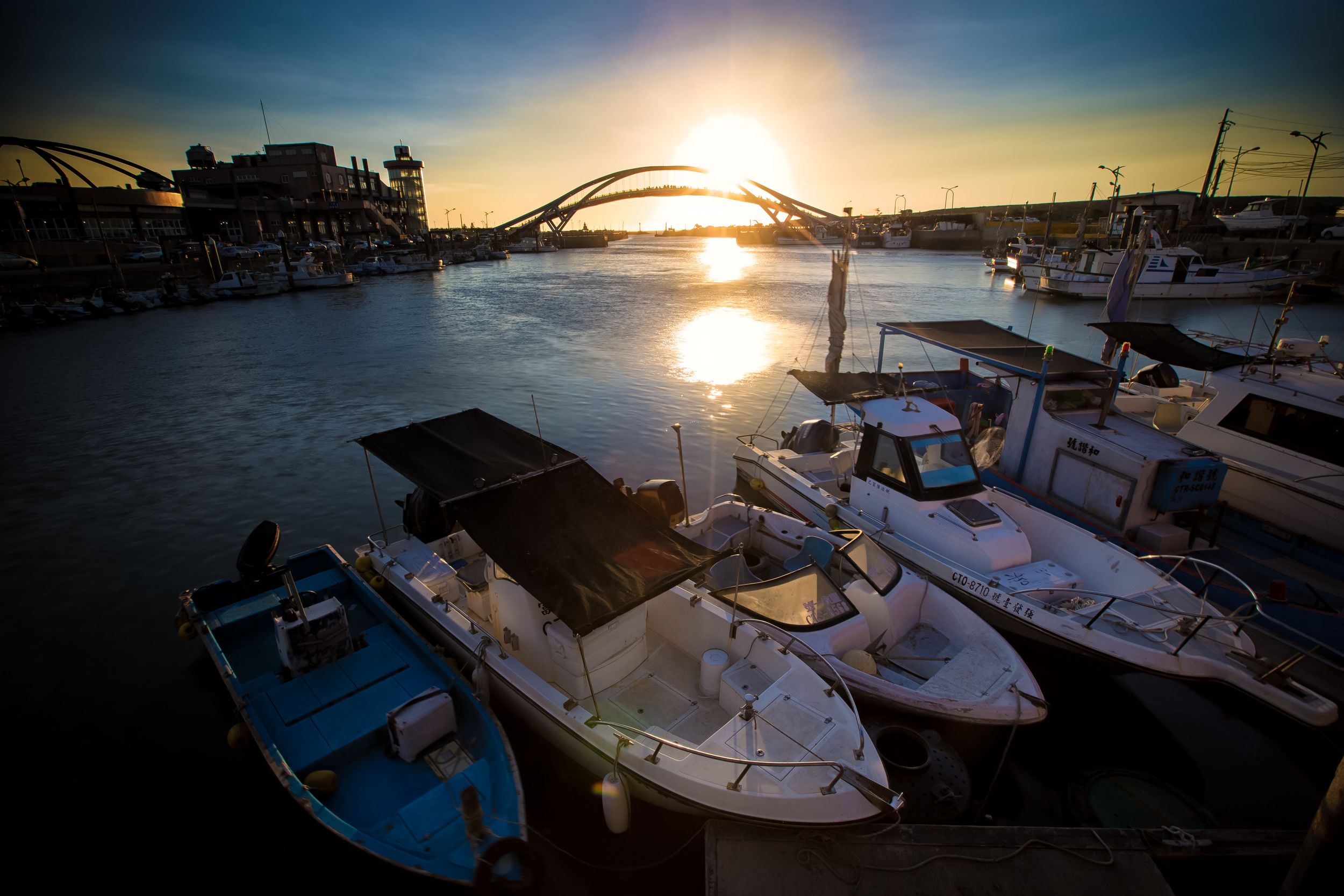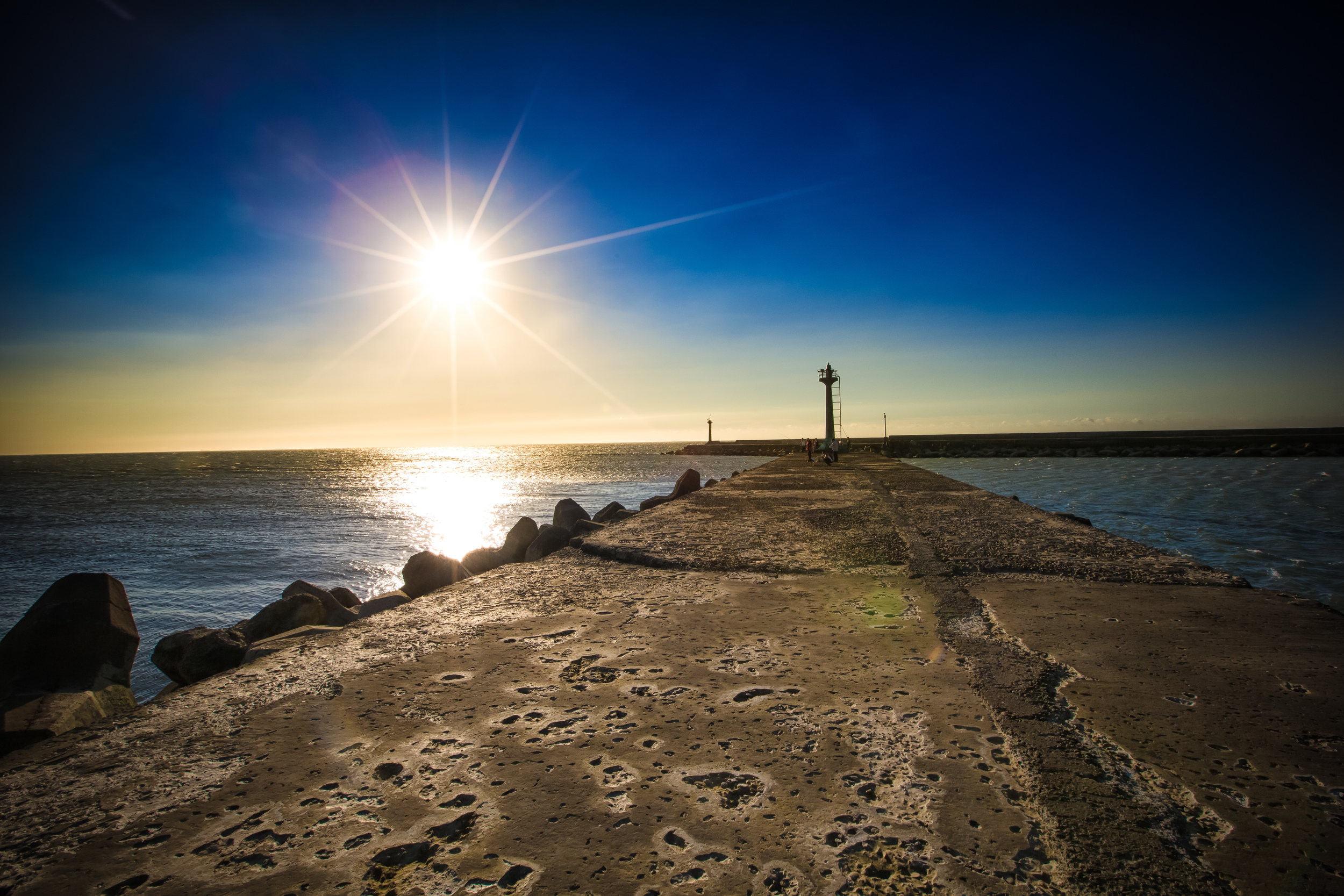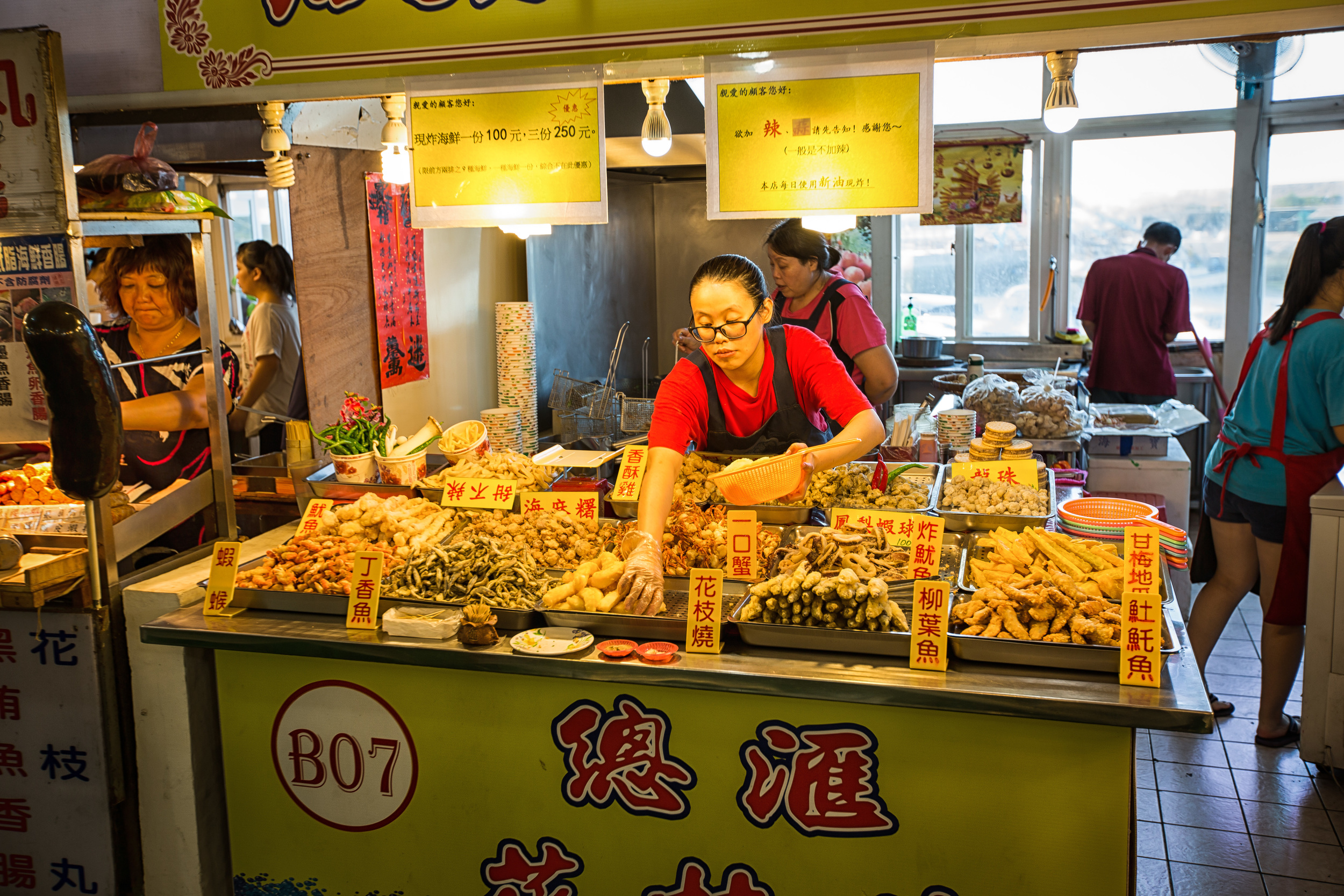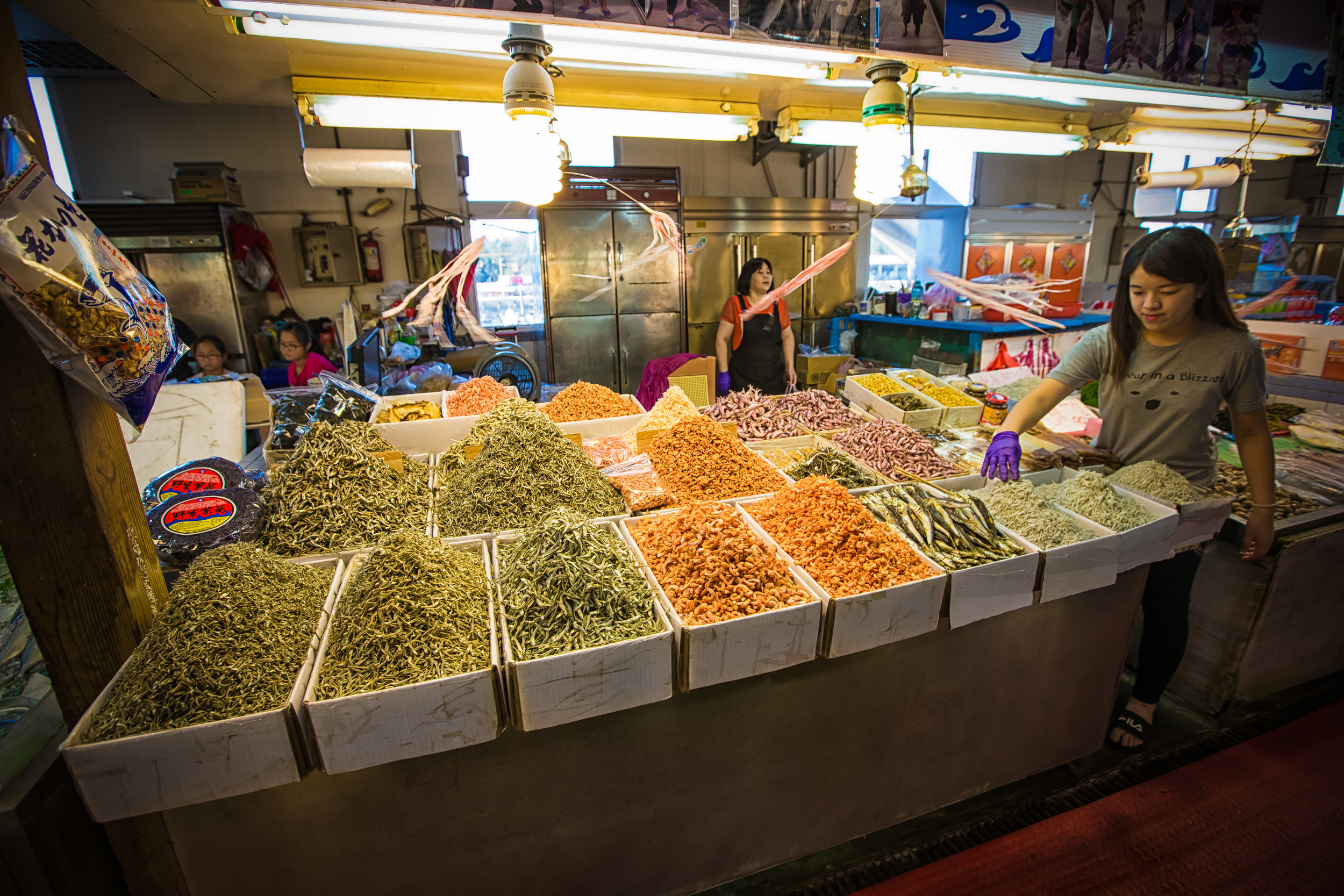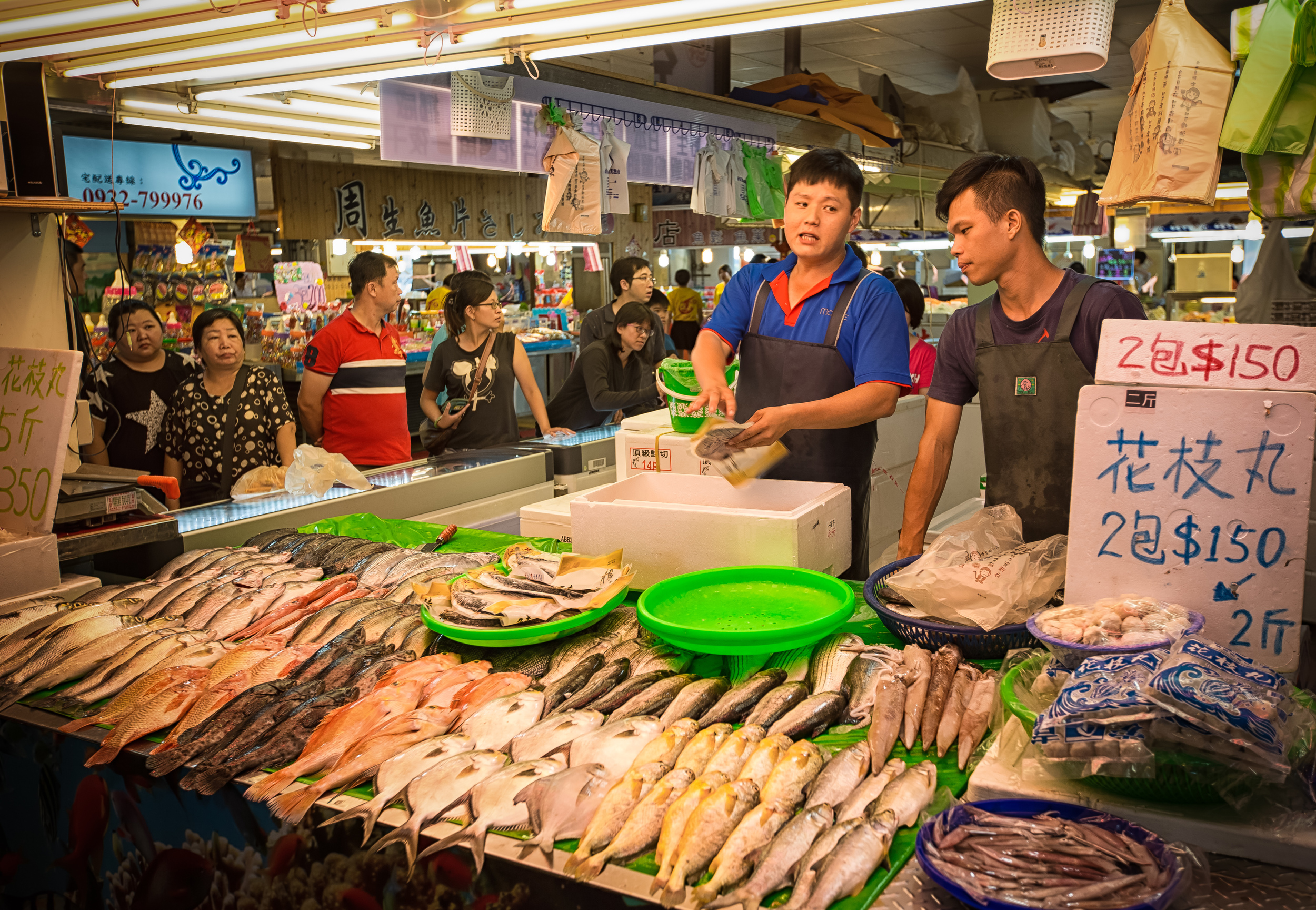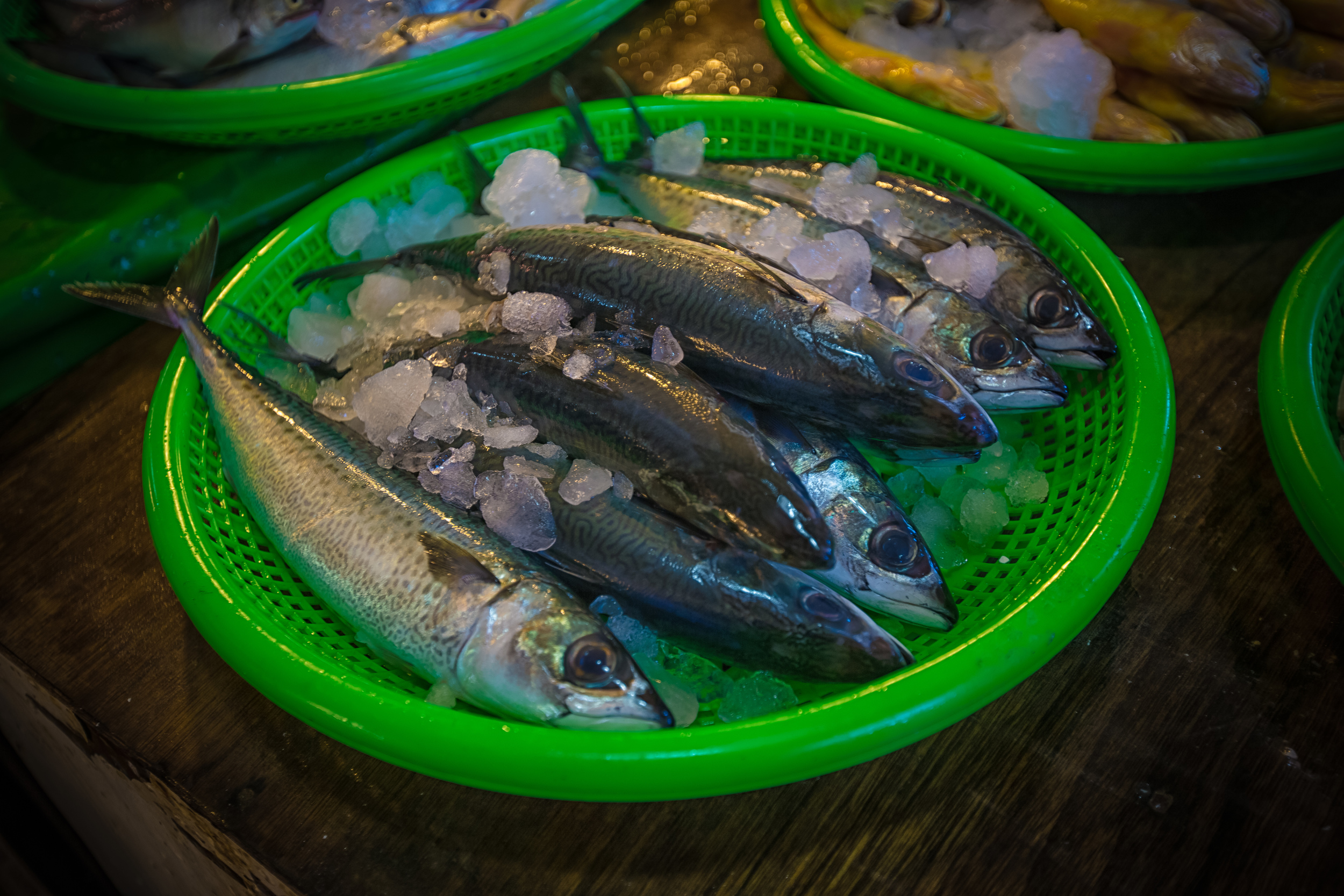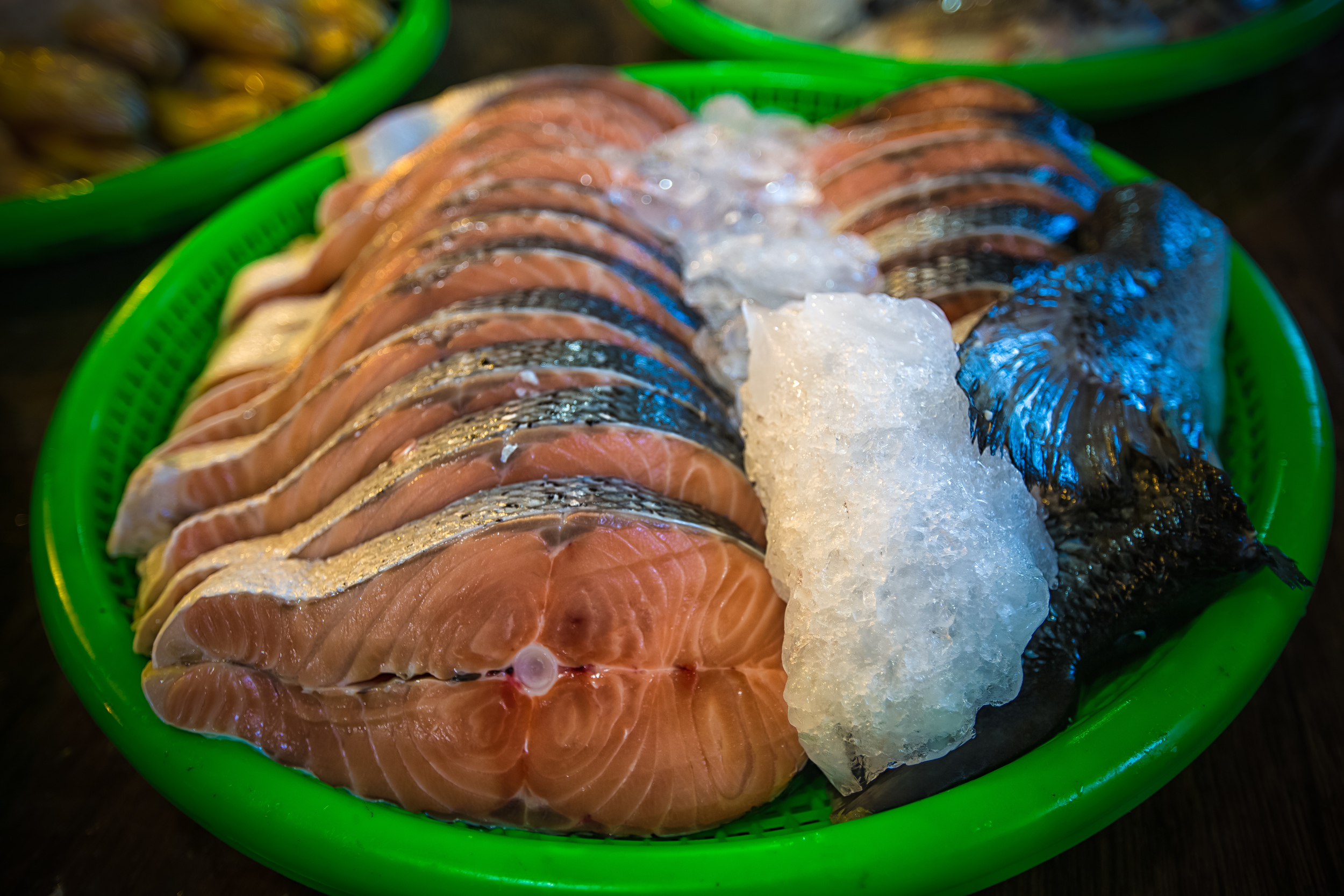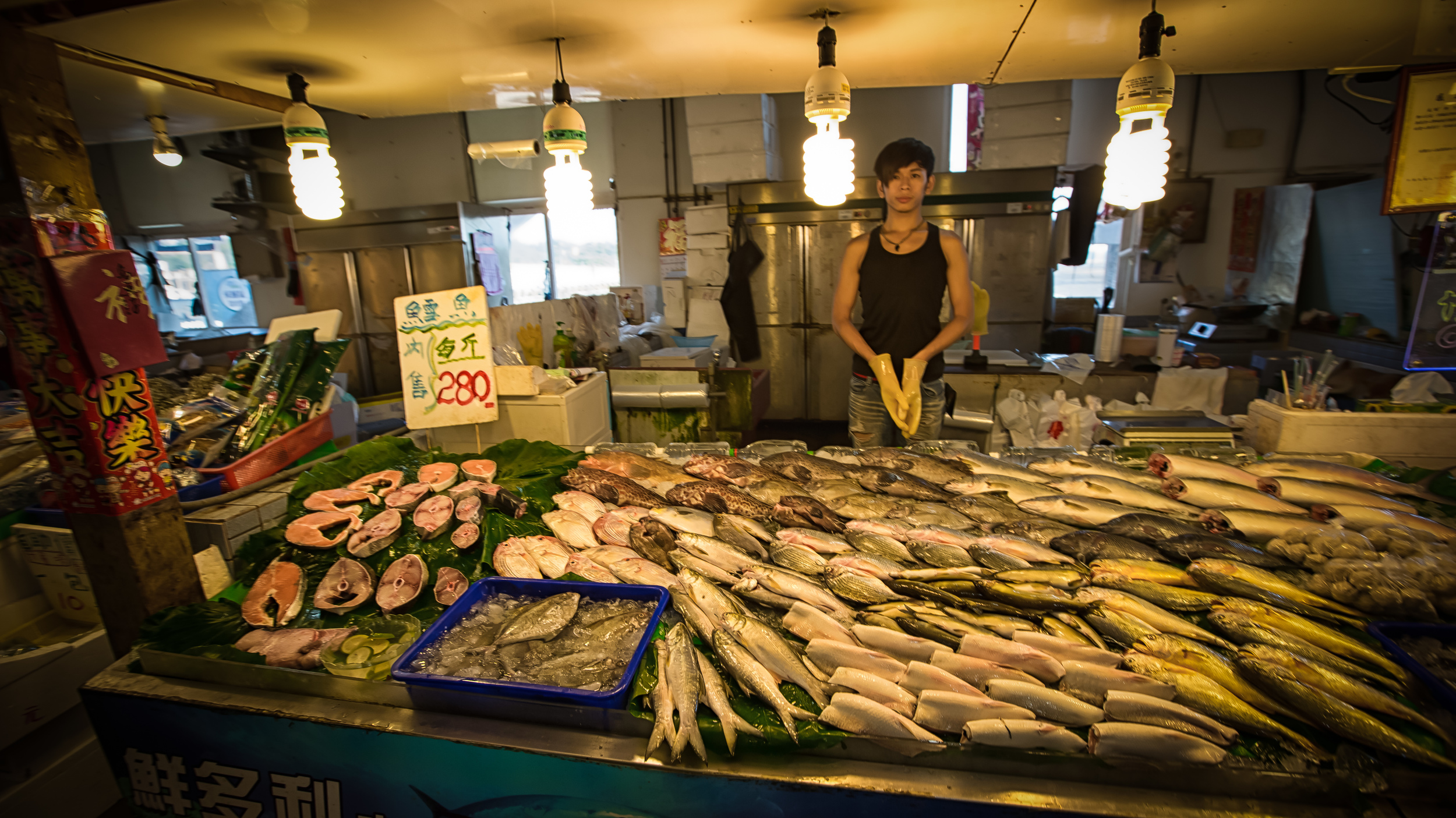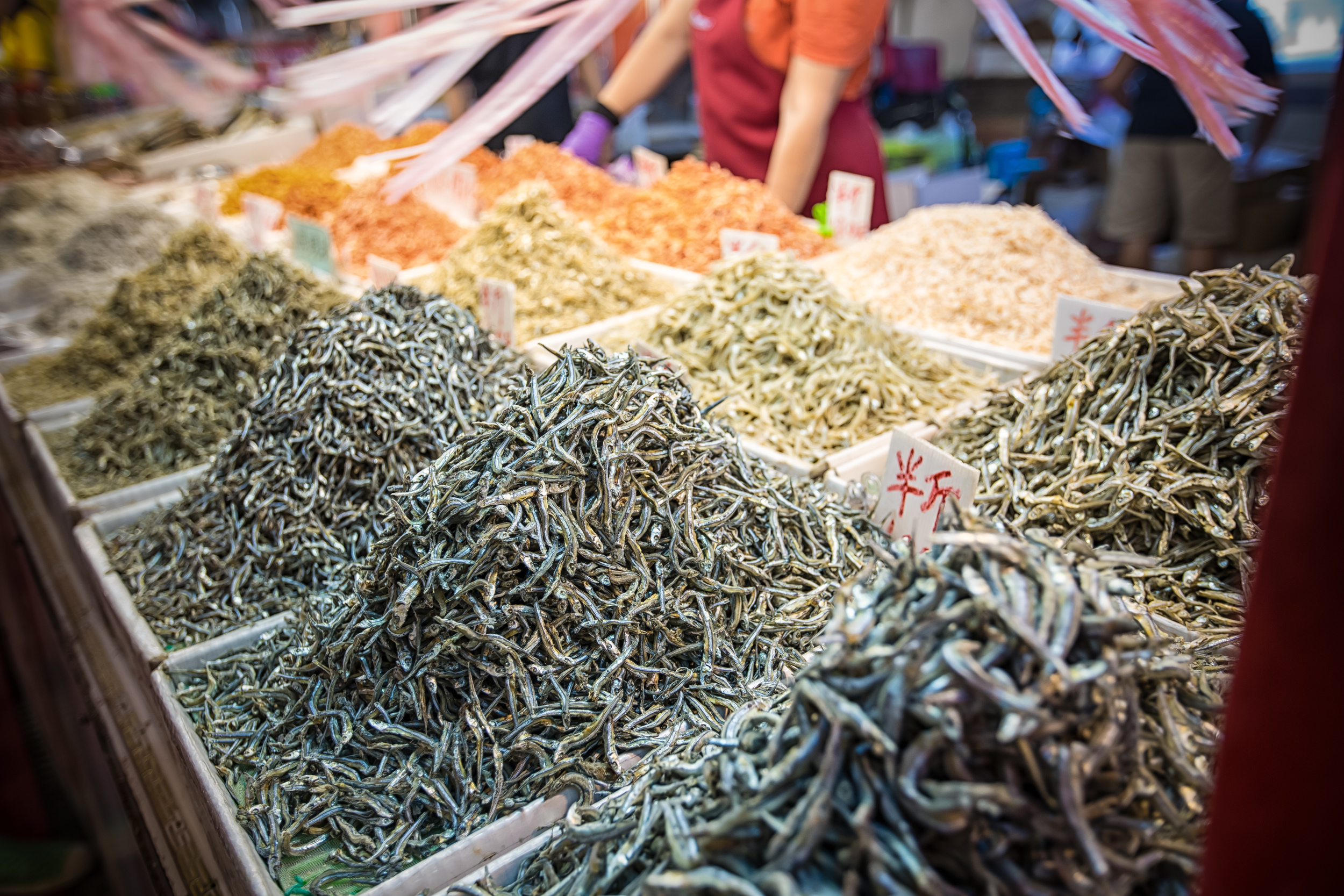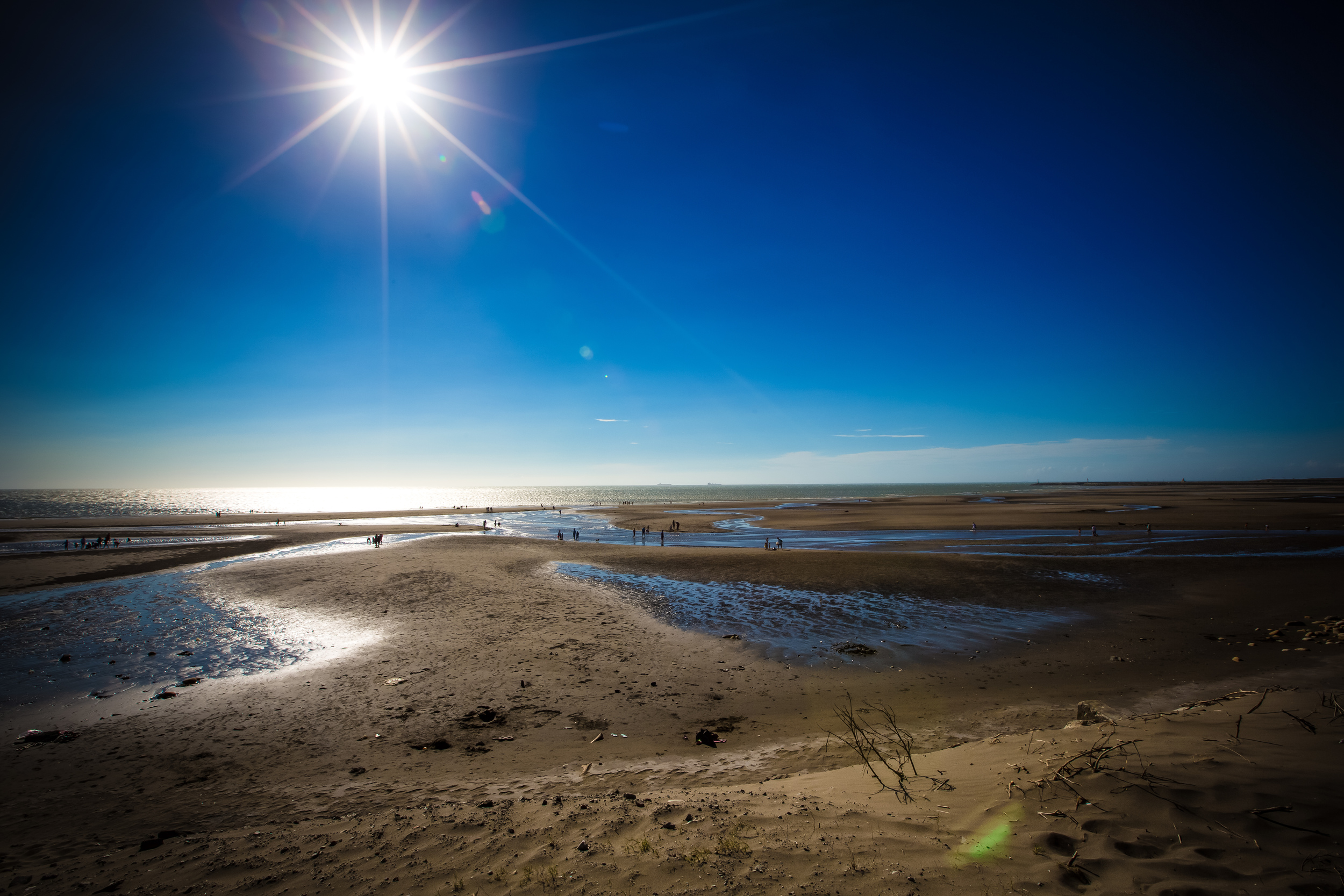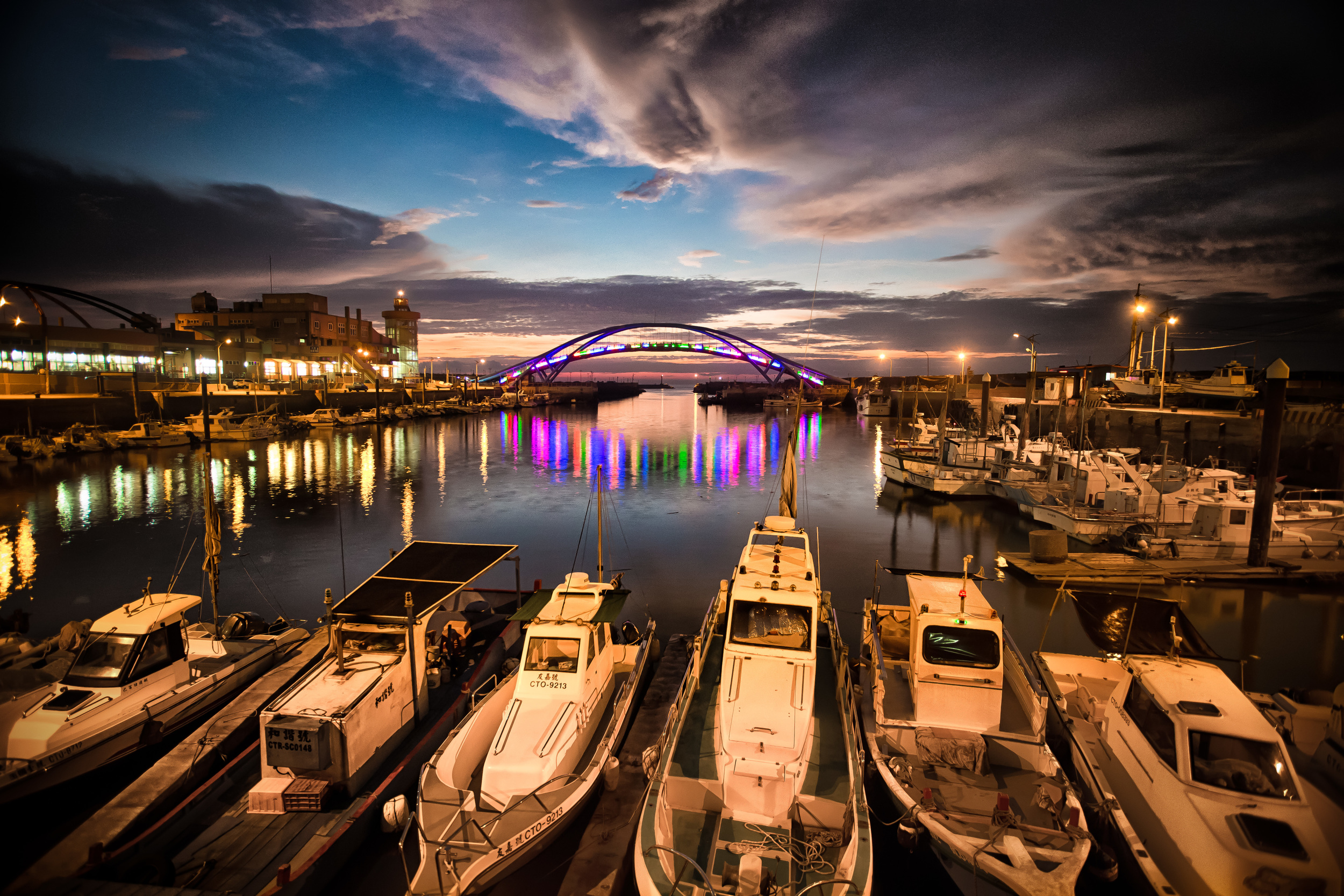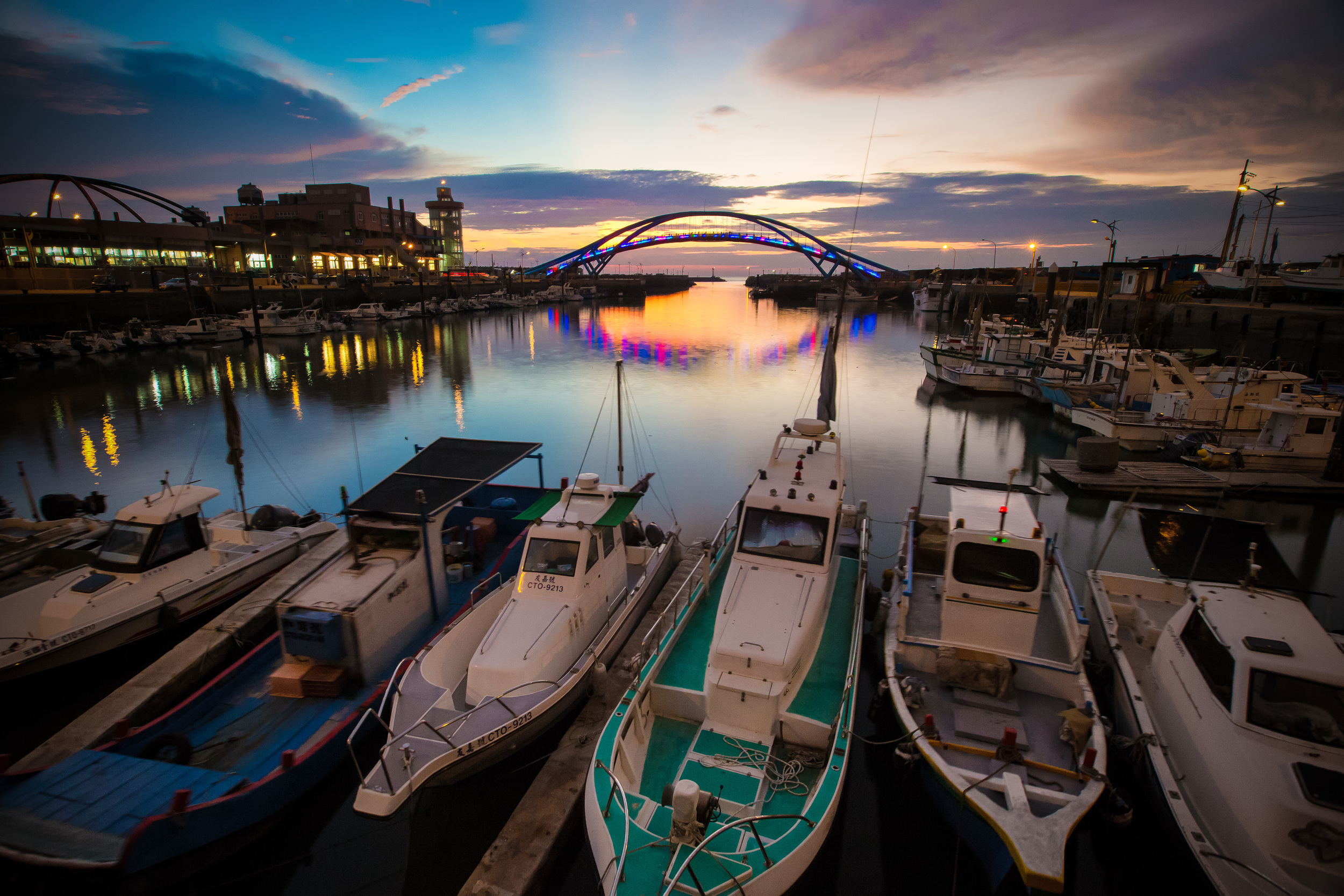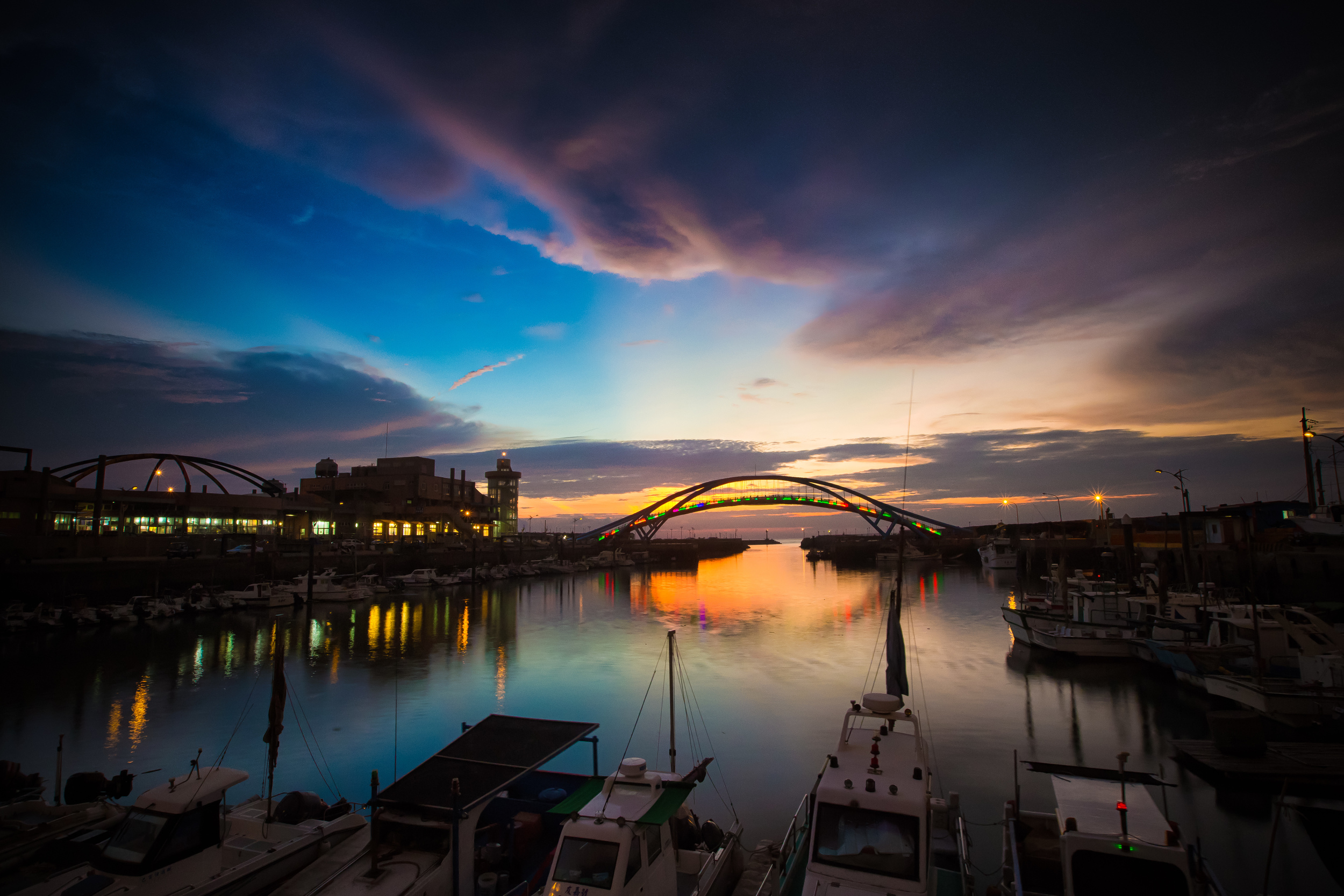As a subtropical island nation, Taiwan is home to a wide variety of diverse ecosystems at sea, on its coastline and in its high mountain forests - The warm climate, in addition to the abundance of rain and rivers that flow from the mountains to the ocean makes for an especially rich environment suitable for wetland ecosystems.
There are so many wetlands here that it’s difficult to keep track of them all, but it goes without saying that their importance cannot be understated. Taiwan’s environment thrives thanks to its wetlands.
Not only are the wetlands home to rich biodiversity, they are considered “biological supermarkets”, which are instrumental in helping to clean up the water supply, preventing shoreline erosion, storing flood waters, etc.
Generally speaking, wetlands provide beneficial services for wildlife and humans alike, but more importantly help to care care of the tremendous task of cleaning up the mess that we’ve caused.
Unfortunately due to the pervasive threat of climate change, over-development and pollution, the health of Taiwan’s wetland ecosystems is constantly under threat which has ramifications for the entire country in ways that few people actually realize.
Fortunately, this is a situation that the Taiwanese government takes seriously (and/or pays lip service to) and since 2007, an increasing number of “protected” wetland areas have been established around the country.
But is it too late to combat and reverse decades, if not centuries of mismanagement and damage?
Of the over one hundred already established wetland reserves, two have been classified as “International Level” (國際級濕地), fifty-one “National Level” (國家級濕地), forty “Local Level” (地方級濕地) and seven are “Provisional Local Level” (未定濕地), comprising a total of 56,860 hectares of land.
To assist in further identifying the status of those various wetlands, within each group you’ll find sub-divisions, which differentiate each of them based on their level of protection and ecological importance. These sub-divisions are classified as “core conservation”, “ecological restoration”, “environmental education” and “management services” (人工濕地).
These classifications have been instrumental in allowing the government to restrict access to certain protected wetlands as well as issue hefty fines to those who infringe upon their conservation progress.
Fortunately some of them have also been opened up for educational tourism and have become quite popular in recent years.
Links: Taiwan Wetlands Chart 台灣濕地列表 (Wiki)
Wetland Conservation Act takes effect in Taiwan (Taiwan Today)
Since the Wetland Conservation Act came into effect effect in 2013, quite a few of the areas that have been opened up for tourism have become popular destinations - Gaomei (高美濕地) in Taichung and Sicao (四草濕地) in Tainan in particular seem to be on the radar of almost every tourist in Taiwan.
This means that any business or tourist attraction near one of these popular environmental tourist destinations is likely to reap the benefits of the crowds of weekend tourists looking to enjoy their days.
Local governments would be foolish not to cash on this, so in recent years we have seen quite a few initiatives to create sustainable tourism solutions in and around the wetland areas (where tourism is permitted) in an attempt to attract tourists, and of course all of the money that they spend!
If you ask me, easily one of the most successful of these projects has been at Hsinchu’s Xiangshan Wetlands, which currently boasts a number of tourist attractions as well as a seventeen kilometer-long coastal bike path that allows tourists to enjoy the beauty of the wetlands in an environmentally friendly way.
Xiangshan Wetlands (香山濕地)
The Xiangshan Wetlands, located in southern Hsinchu, are a 1,768 hectare coastal wetland reserve that features beautiful coastal landscapes and an amazing amount of biodiversity.
Currently classified as a National Level Wetland (國家級), the fifteen kilometer stretch of coastal land has been a protected nature reserve since it was listed as part of the Eastern Asia-Pacific Water Bird Protection Network (東亞水鳥保護網) by the Ramsar Convention in 1996. Then in 2001, the government designated the wetlands as a Major Wildlife Habitat and Coastal Wildlife Refuge (新竹市濱海野生動物保護區).
If you’re keeping track, this predates the 2013 Wetland Conservation Act by seventeen years.
Link: Ramsar Convention (Wiki) | Ramsar Organization
Even though the largest portion of the wetlands are situated along a long stretch of coast near the border with Miaoli (苗栗縣), the protected area also includes the Keya Estuary (客雅溪口), and Jincheng Lake (金城湖), which is just south of another popular tourist attraction, the Nanliao Fishing Harbour (南寮漁港).
If you were wondering why the Xiangshan Wetlands have been protected longer than many of Taiwan’s other wetland areas, there is actually a very simple answer to that question:
The wetlands are frequented by at least 277 different species of birds, encompassing almost 45% of the bird species in Taiwan, making it a bird-lovers paradise.
More importantly though, almost thirty of those species are on currently on the conservation list, and several others are listed as endangered, making their protection extremely important.
Birds of Note: Chinese Egret (唐白鷺), Black-faced Spoonbill (黑面琵鷺), Spotted Greenshank (諾氏鷸), Peregrine Falcon (遊隼), Formosa Blue Magpie (台灣藍鵲), etc.
Now, you might be asking yourself why so many birds are attracted to the wetlands, well, that’s also a very simple answer - There’s a wealth of food for them to eat.
The Xiangshan Wetlands are home to over fifty species of crabs, including the endangered Taiwan fiddler Crab (台灣招潮蟹) and millions of Ghost crabs (斯氏沙蟹) Blue Crabs (兵蟹).
You’ll also find large habitats of shrimp, mussels, clams and the largest oyster farm in Northern Taiwan, making the wetlands a veritable buffet for Taiwan’s birds.
Unfortunately, even though the government has protected the wetlands and come up with ways to promote sustainable tourism, there are still a number of issues that need to be addressed.
The continued decline in the population of Taiwan Fiddler Crabs, and other endangered species, in addition to the amount of trash that is left behind by weekend crowds are persistent issues that need to be resolved.
From my personal experience though, when someone even considers walking on the beach, especially in the protected area where the crabs make their home, authorities are quick to appear with loud speakers to make them instantly rethink what they’re doing.
What is there to see and do while visiting the Xiangshan Wetlands?
There are a number of activities and things to see while visiting the wetlands and a trip to the area doesn’t necessarily just mean that you’re going to see a patch of the coast before simply heading back home.
As I mentioned above, the number one thing to do while at the wetlands is to bike up and down the coastal pedestrian path, which allows you to visit a number of scenic attractions along the wetlands. The relatively new path is a popular weekend destination and you’ll often find families riding from one end to the other.
Not only will you be able to check out the wetlands, but you’ll also find beautiful mangroves, river estuaries, beaches, fishing harbors, bird-watching platforms, lakes and beautiful pedestrian bridges.
Don’t have a bicycle? Never fear, you can easily rent one at the Nanliao Fishing Harbour or grab a Youbike at the Xiangshan Railway Station (香山車站).
Starting from Nanliao Harbour and traveling south, you’ll want to check out the following locations:
Nanliao Beach (南寮海灘)
Jincheng Lake (金城湖)
The Rainbow Bridge(s) (彩虹橋)
Xiangshan Mangrove Park (香山紅樹林公園)
The Crab-Viewing Platform (賞蟹步道)
Xiangshan Tian Hou Temple (香山天后宮)
Haishan Beach (海山海灘)
Haishan Fishing Harbour (海山漁港)
Hugang Temple (護港宮)
Xiangshan’s Harp Bridge (香山豎琴橋)
Jincheng Lake (金城湖)
If you’re into bird-watching or bird-photography, Jincheng Lake is arguably one of the best destinations in the entire country to practice your sport.
As I mentioned above, the Xiangshan Wetlands are frequented by almost half of the bird species in Taiwan, so a stop by the lake while you’re riding around the wetlands is highly recommended, even just for a few minutes.
The lake features a bird-watching platform just off of the bike path where you’re able to set up a tripod to take photos or just watch some of the birds hanging out at the lake.
It’s at this point though that I must mention that despite being a valued partner of BirdLife International, an UK-based bird conservation NGO for well over two decades, Taiwan was recently kicked out of the group due to pressure from China. Why play politics over bird conservation you might ask?
Well, University of Ottawa Professor, Scott Simon at Canada’s Centre for International Policy Studies explains it quite well:
“BirdLife asked the Taiwanese partner to change their official Chinese name and to sign a document promising to neither promote the independence of Taiwan from China nor to advocate the legitimacy of the Republic of China (Taiwan’s official name). It didn’t matter that the Federation had never taken a political stance on Taiwan’s status. It didn’t matter that they had already changed their English name three times at the behest of BirdLife, even twisting facts to alter the name from “Wild Bird Federation Taiwan” to “Chinese Wild Bird Federation” in 2007. BirdLife wouldn’t even give them time, as a democratically run NGO, to debate this at the Annual General Meeting. They simply kicked them out of the nest. ”
The ramifications for Taiwan’s removal from the international bird conservation group may end up having little effect on the bird-watching you’ll experience while visiting the Xiangshan Wetlands, but it is yet another example of China’s international bullying tactics which are meant to suppress Taiwan’s ability to cooperate with like-minded partners around the world. So, while we humans might be carving up artificial borders, it’s the fate of migratory birds that is at stake, and unfortunately it seems that the worlds largest bird conservation group is only interested in putting politics ahead of actual conservation.
Taiwan’s Wild Bird Federation now has the tremendous task of helping to protect the birds that call Taiwan home, so if you are enjoying the bird-watching at the wetlands, or anywhere else in Taiwan for that matter, make sure to give them your appreciation!
Related Links:
Ruffled Feathers: Why Chinese Interference in International Bird Conservation is a Threat to World Peace (Centre for International Policy Studies)
Taiwan’s Bird Conservation Group Expelled From BirdLife International (TNL)
Leak reveals UK partner severed Taiwan bird society over 'secession' fears (Telegraph)
Crab-Viewing Platform (賞蟹步道)
If there is anywhere where you’re going to get yelled at for being a dumbass, this is the place.
It is probably also one of the most Instagrammable spots in Hsinchu.
The crab-viewing platform is a beautifully designed boardwalk that extends out onto the wetlands, about a meter above the ground and allows you to check out the millions of crabs going about their business.
If you get it in your head that you can just hop off the boardwalk and bother the crabs, you’ll quickly receive a lesson in ‘losing face’ (丟臉) as you’ll be reprimanded over loud speakers.
And you may even receive a fine.
With that being said, the boardwalk is a thing of beauty and I guarantee that you’ll enjoy it.
Although it may appear like there are millions of crabs below you, it‘s important to remember that some of them are actually endangered - In fact, almost 75% of the total population of Taiwan Fiddler Crabs (the ones with the one awkwardly huge claw) make their home at this wetland, so it is of the utmost importance that they’re not disturbed.
Haishan Beach (海山海灘)
Haishan Beach, which is next to Haishan Fishing Harbour, and a large pier is an area in the southern-most area of the wetland where you’re actually able to walk on the beach.
When the tide is out, you’ll easily be able to see some of the aquaculture oyster farms near the pier and will often find families digging in the black sand for shellfish.
There are well maintained public washrooms nearby and also an area near the pier where you can wash the sand off of your feet.
The beach is great for taking a wide-open photo of the wetland as it curves around the coast, so if you’re looking for some nice landscape photos, you’ll probably want to stop by for a few minutes.
Likewise, the pier next to the beach is quite long and you’re able to walk or bike to the end where there are benches and areas to watch the fishermen leaving the port.
It’s also a great place to watch the sunset.
Getting to the Xiangshan Wetlands
The Xiangshan Wetlands are situated along the southern coast of Hsinchu and as I mentioned above are part of a popular and convenient outdoor recreation area set up by the local government.
Getting to the wetlands is relatively easy as they are located along the Western Coastal Expressway (西部濱海公路) and are accessible by car, scooter, bus, train and bicycle.
With so much to see along the long stretch of coast, most tourists elect to make use of public transportation rather than driving, but if you do drive, there is also an ample amount of parking for your cars and scooters.
If you elect to take the public option, you can easily take the train to the historic century-old Xiangshan Train Station and once you’re there simply renting a bicycle to go exploring.
It’s important to remember though that only the silver Local Trains (區間車) stop at this particular station, so if you mistakenly get on one of the faster ones you’ll find yourself heading further south than you intended.
From Hsinchu Station you’ll get on a local train heading south.
Xiangshan Station is two stops away and should only takes about eight minutes to get there.
For those of you coming from anywhere north of Hsinchu, you won’t have to change to another train if you make sure that you get on a local train that doesn’t terminate at Hsinchu Station.
If you prefer to take a bus, from Hsinchu Station you can take: #5801, #5802, #5803, #5804, #5807 or #5823 from Zhongzheng Road (中正路) across the street from the station where you’ll get off at Xiangshan Station.
Note: The bus stops at Xiangshan Station, so you can either walk to the wetlands from there or grab a Youbike next to the station and ride over.
If on the other hand you prefer to start your trip at Nanliao Harbour, you can take the BL15 Shuttle ($NT 15) across from Hsinchu Station on Zhongzheng Road.
Taking into consideration that one of the most important attractions along Hsinchu’s 17km Coastal Bike Path (十七公里海岸線), if you visit on the weekend, you’re going to share the experience with quite a few others riding their bikes along the scenic pathway.
Prices for non-Youbike rentals might also be a little more expensive on the weekend, but generally range between NT$100-200 for the day for a single-seat bicycle.
And yes, they also have bicycles that will fit your entire family.
Most people choose to start their bike ride from the Nanliao Fishery Harbour where you’re easily able to park your car or scooter or get off of a bus. There are a number of vendors there who will battle for your business when it comes to bicycle rentals, which come in several different sizes.
If you’re not looking for a long bike ride down the beautiful coast and just want to check out the wetlands, you can easily grab a Youbike in front of Xiangshan Train Station and be at the wetlands in a matter of minutes.
Some of you might prefer to walk, but I do highly recommend that you grab a bike so that you can see and do more while you’re there!
The Xiangshan Wetlands are a great option for a morning or afternoon trip and the great thing about them is that you are able to check out some amazing coastal landscapes, while also getting some exercise riding down the coast.
If you’re looking for something to do, I highly recommend hopping on a train to the historic Xiangshan Train Station, grabbing a bike and checking out the wetlands.
Obviously, it goes without saying that the government needs to keep working hard to improve the environmental situation at the wetlands - This means that it’s important that they continue to ensure that the endangered and conserved species that make their home there are protected and allowed to thrive.
You can do your part by contributing to sustainable tourism and making sure that you’re not leaving garbage behind or walking on the protected areas or interfering with the wildlife.
Understanding these important ecosystems is important to the overall sustainability of life on this beautiful island nation, so if you can visit and learn something and get some exercise at the same time, it should probably be a pretty productive day out.














